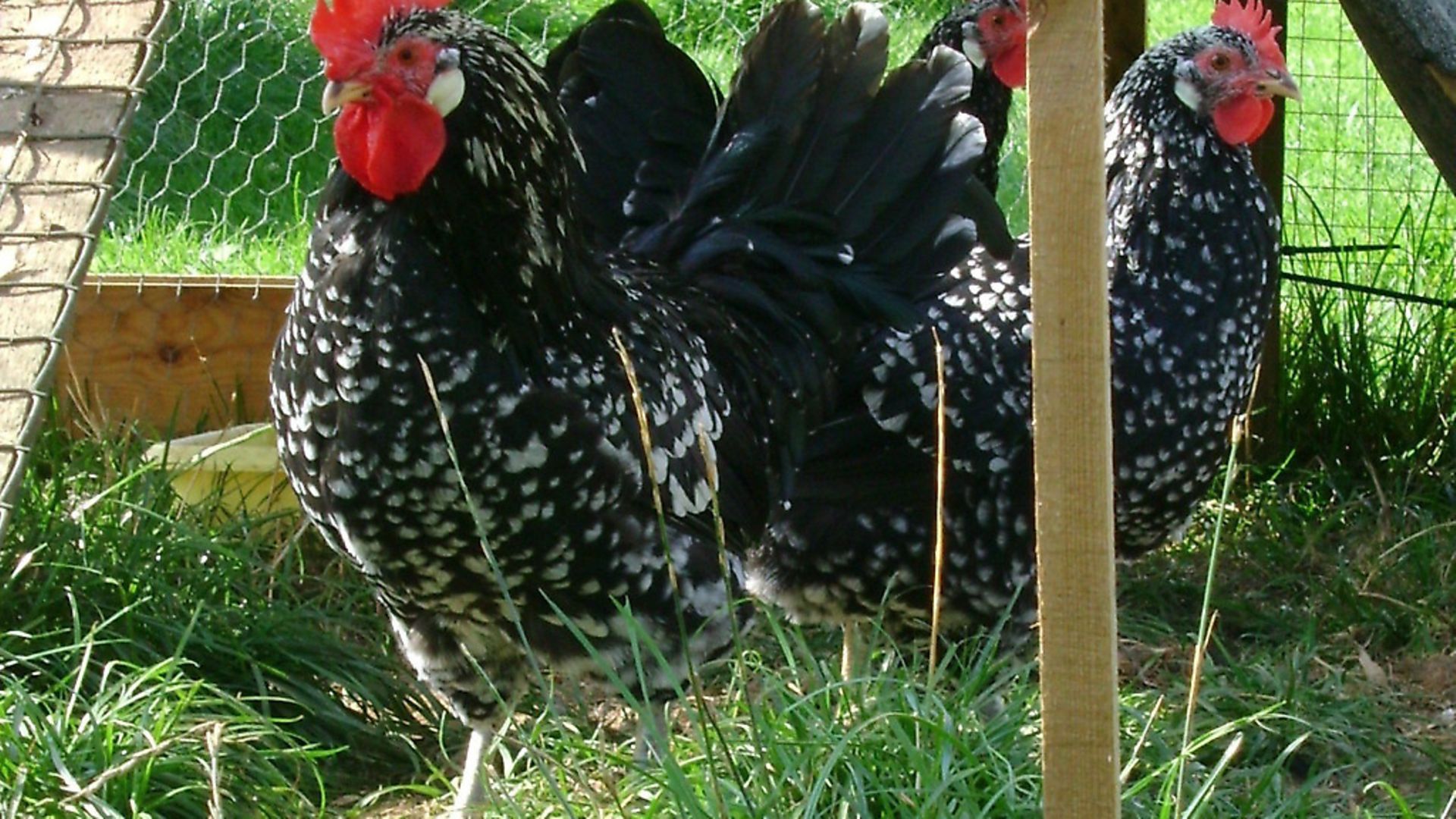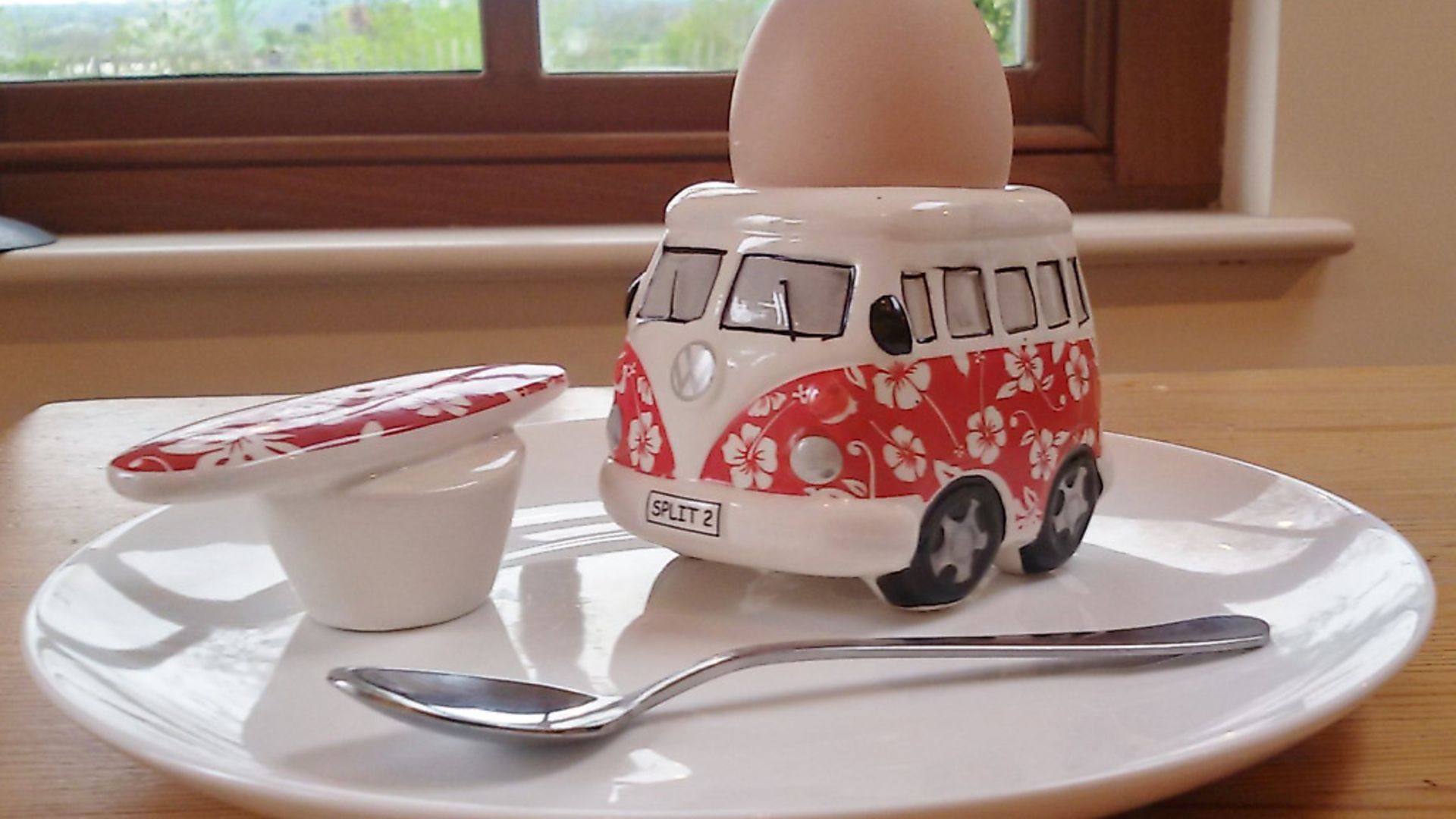An eclectic alphabet of chicken facts with a difference

Two in One
Although rare, nature does occasionally produce what is known as a bilateral gynandromorph. It’s more commonly known as a half-sider and resembles the two halves of the breed (male and female) effectively put together. This doesn’t create a mix up of appearance, but instead a very definite dividing line down the centre of the bird where the left hand side appears male in its plumage and the right hand side is female.
Two in One 2
Another phenomenon that occurs is the part change of gender within a hen. This is not a regular occurrence but, by the same measure, it is not infrequent. A hen who has been laying eggs will appear to suddenly become a cock bird. She will no longer lay eggs, her comb and wattles will develop, her feathering will become more male in appearance and feather structure and she will even begin to crow. She is, however, still a she. She has only phenotypically transitioned into a male, while genetically she remains female.
The reason this occurs is usually due an environmental stress or illness such as a tumour, problems with the adrenal gland, or an ovarian cyst. It only occurs in hens that have one ovary. Not all hens develop both ovaries during their embryonic stages, and instead have one developed while the other remains as a regressed male gonad. In the event of the developed ovary becoming damaged and ceasing to function, the gonad can take over, and the increase in male hormone causes the hen to develop male characteristics. She will, however, remain female and will not be fertile. The opposite effect of a male becoming female has not been observed.

Capon
The concept of castrating cockerels to create a capon evolved in Roman times when, during grain shortages, it was outlawed for hens to be fattened for the table. The resulting bird grew to a significant size, and was found to have more tender and less gamey flavour than ordinary hens or cockerels. The consumption of capons was considered a guilty pleasure of the rich and landed of Elizabethan England.
Egg a day
‘An egg a day can keep the doctor away’. Eggs are a great source of essential vitamins including vitamins A, B, C, D, E and K. Research (published in The International Journal of Food Sciences & Nutrition) has demonstrated that eating an egg-based lunch can make you feel fuller for longer than other regular lunches of a similar calorie count. So if there is only time for a slice of toast or a bowl of cereal for breakfast, then having eggs for lunch will suppress the afternoon snacking urge.
Lifespan
The average lifespan for a non-commercial chicken is eight to ten years, although it can vary a little according to the breed. Some particularly well-cared-for birds have been known to live beyond twenty years of age. At the opposite end of the scale are the commercial layers, which will live for three to four years, assuming they are not depleted at eighteen months of age. At the very bottom of the scale are the commercial broilers that are rarely grown beyond ten weeks before being culled. It is a sad truth that if left to grow on they are unlikely to survive beyond twelve months.
Chinese Chicken or Egg
In ancient China it was believed that the universe started out as an egg. Within the egg the deity Pangu grew, along with the forces of Yin and Yang, for 18,000 years. When Pangu hatched from the egg he split Yin from Yang with one swing of his axe, and set about creating the world. Yin was used to create the earth, Yang to create the sky. Pangu stood between them keeping the two forces apart as they grew year on year, a task he performed for a further 18,000 years before it was complete, and he was laid to rest.
Year of the Rooster
The rooster is one of the 12 animals that appear in the Chinese zodiac. People born in rooster years are known to be diligent and dutiful in the tasks they perform. They are hard and courageous in battle, sensitive and nice to friends, and busy, alert, punctual people. They are also strong willed and self-confident, and always willing to crow about how well they have done. (And yes, I was born in the year of rooster before anyone writes in to ask!)
Crushing
egg shells
In Britain it was custom, and still is in some households, to crush egg shells after breaking an egg open. It was also customary to poke a hole through the base of soft boiled eggs after they have been eaten. The reason behind these two acts was the superstition that witches would use them as vessels and sail out into the ocean to sink all the boats!
Healthy hens & headgear
American folklore suggests that in order to ensure that healthy laying hens would hatch from a brood the eggs should be collected and carried in a woman’s bonnet. On the other hand, if strong and vigorous cockerels were the requirement, then eggs should be carried in a gentleman’s hat.
Other good eggs
Chicken eggs have long been considered a healthy source of nutrients in our diet, but what of other eggs? Folklore has it that the sufferer of a sore throat should seek out the nest of the mockingbird and collect the dirt under the eggs in the nest, as it can be used to make a cure. As for alcoholics, you were advised under ancient folklore to perform the now illegal act of eating scrambled owl eggs in order to kick the demons of drink!
Image(s) provided by:
Archant
Archant







